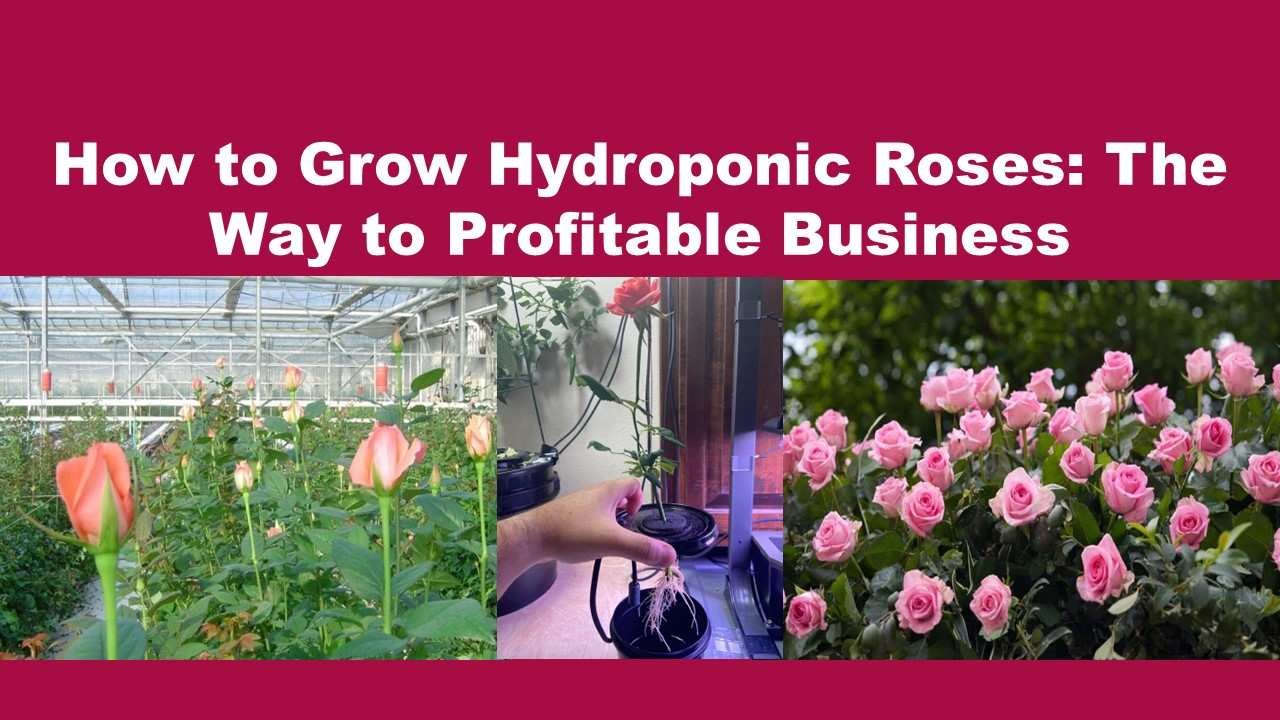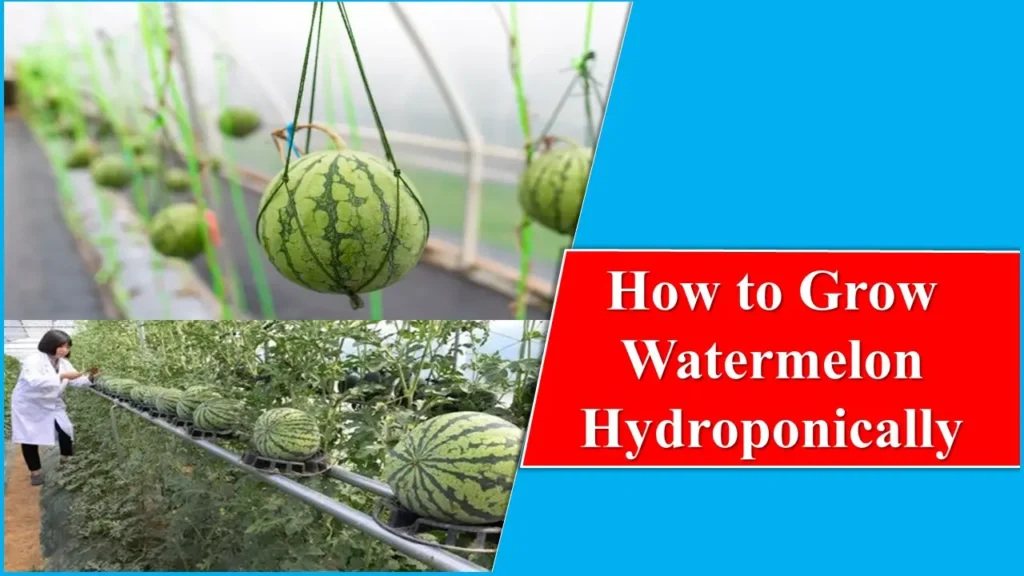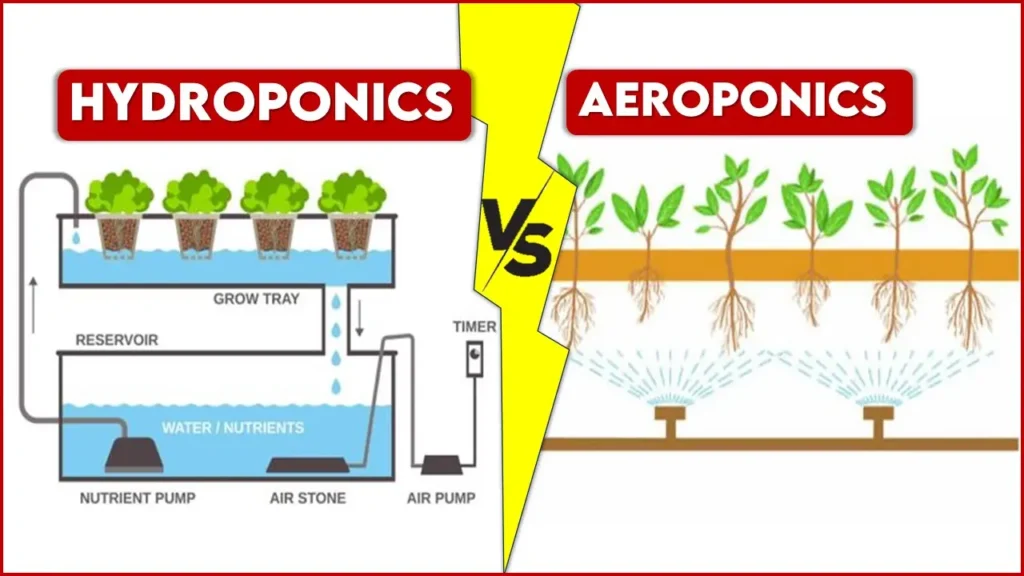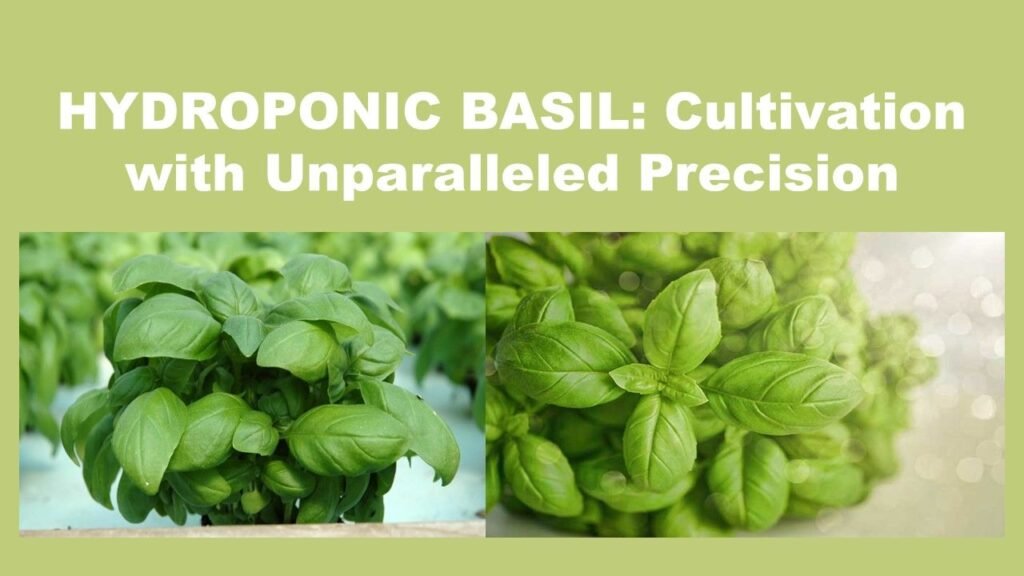How to Grow Hydroponic Roses: The Way to Profitable Business
Hydroponic roses are one of the most common flowers that can be grown with ease. It is a widely used woody, perennial flowering plant of the genus Rosa and belongs to Rosaceae family. It is regarded as a symbol of love, sympathy, or sorrow. They are one of the oldest flowers with richness of scent and vary in size, shape and colour ranging from pastel pink, peach, orange, yellow, black and red. Many people prefer a rose flower in their garden to make it more beautiful and also for the love and affection that it symbolizes. Therefore, planting roses in greenhouses has become a successful business for maximum profits that would be available for around the year.
There are generally two ways through which one can grow roses in a greenhouse i.e. to plant the flowers in the soil and the other is to grow roses hydroponically. This is also known as controlled environment agriculture which is mostly used in Europe for cut flower production. In this article, we will get to know about the production of roses through hydroponics which gives complete control on nutrient availability. The purpose of raising hydroponic roses is for higher profit margin, increase value addition, easy maintenance and health characteristics for its consumers.
Prerequisite Conditions Before Planting Hydroponic Roses-
- The pot (with a 2-inch hole on the lower side) into which roses are planted should have the optimum amount of moisture and a healthy stem (more than 6 inches) with a bulb (colored) is preferred. The cuttings should be taken from the upper part of the plant.
- The lower part (about 2 inches) of stem is then kept in rooting hormone which increases the survival rate of the plant. This pot with the cutting is kept in any part of the home where there is plenty of sunlight available. It should be moisturized at regular intervals of time. The roots will come up in about 1 month.
- The plants are then placed in the hydroponic medium enriched with nutrients. This medium will take care of the water requirement of plants. A regular power supply is necessary here.
- Hydroponic roses show good performance under pH between 6.5 to 7.5. This accuracy can be achieved by the use of a pH analyzer.
Ease of Raising Hydroponic Roses:
- First of all, this crop can be grown on the same substrate for many years. The substrate should be firm and stable so that the crop can make full use of the total substrate volume throughout its cultivation period. Examples of substrates include cocopeat, perlite, rock wool or vermicompost. Additionally, hydroponic roses are suitable for cultivation in all areas and with any type of soil.
- A constant supply of water along with fertiliser via a pump is done to meet the needs of the plant without causing any harm to the roots. This helps in the conservation of water also, in a way that this technique involves recycling and reuse of nutrient-rich solutions instead of their runoff or wastage.
- In contrast to soil-grown roses, where there is oxygen starvation due to overwatering that causes yellowing of leaves, in hydroponics this is not the case, there is an increased supply of oxygen in the root zone. The media drains away the excess water easily which is then collected and reused.
- The setup requires less space as compared to the conventional system of raising roses.
- Due to the absence of intercultural operations, labor and garden maintenance is reduced.
- Easy elimination of disease and pest problems while weeds are non-existent.
- More control over the plant’s rooting environment by manipulating the darkness, temperature, and humidity of the root’s zone.
- Hydroponic roses grow somewhat at a faster pace and yield more than the conventional methods of rose cultivation due to improved resistance against diseases, many vibrant colors, and a long flowering season.

Steps to Raise Hydroponic Roses | How to Grow Hydroponic Roses:
As we all know, the Hydroponic technique augments high-quality plants and flowers by decreasing the chances of pest infestation and increases the growth of plants with the help of a nutrient-enriched medium. Hence, one can also grow roses with the same technique which will result in a better variety of rose plants. The required steps to grow hydroponic roses are:
Selection of rose cultivar:
It depends on one’s choice of doing hydroponics, whether to produce full flowers or cut flowers. There are a variety of rose cultivars that grow well in hydroponic systems like climbing roses (require trellis system for support), bushy roses (consists of shrub roses), and modern roses (hybrid tea roses/long-stemmed roses).
Some rose varieties that one can consider are as follows:
| Old roses | lady banks, green banks and Yolande |
| Modern/hybrid roses | grandiflora, hybrid tea rose, amber queen and iceberg |
| Wild roses | Multiflora rose, Rugosa rose |
| Miniature roses | Kristin, Rise n’ shine, magic carousel, Child’s play, and baby boomer |
| Climbing roses | Alfred carriere climbing rose, zephirine drouhin climbing rose |
Hydroponic roses propagation:
The most popular way to propagate roses is through stem cuttings or seeds, being the latter one is used rarely. Hydroponic roses/aquaponic roses can be best grown through cuttings only although the cuttings lack a root system to take up water and essential nutrients. The cuttings should be healthy and true to the plant. So, one should form an environment that will support them until they build up their support system for survival.
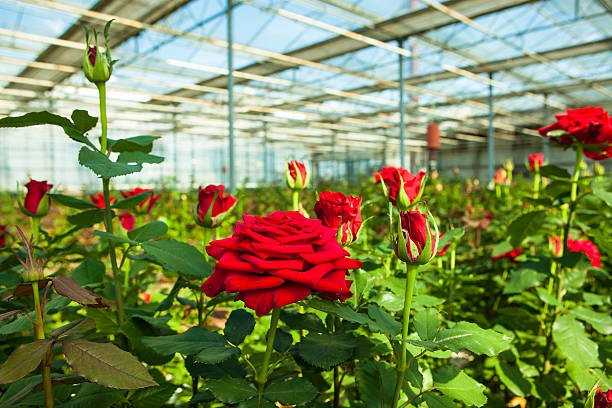
Hydroponic System | Hydroponic Roses Cultivation
- Nutrient Film Technique (NFT) is regarded as the best hydroponic system that is used in rose production. One can obtain this system easily from an online store or local gardening shop. It generally consists of little trays to grow roses, with plastic humidity covers and a nutrient pump to provide them with food. Grow lights can be hung over the tray to provide a maximum of 12 hrs duration of light to the plants, in case the system is kept in the basement or some shady area. 6 to 8 hrs of direct sunlight is necessary for good production of flowers.
- The choice of nutrient solution is considered to be the liquid gold for growing roses hydroponically because it provides essential elements for excellent plant growth and development. It should contain a balanced amount of nitrogen, phosphorus and potassium along with a minute amount of calcium, sulphur and magnesium for producing maximum flowers. Moreover, the media should be stable, inert, and non-compact which makes the hydroponics technique more productive.
- A pH analyzer can also help to measure properly the level of acidity and alkalinity in the growing medium and nutrient solution. The pH range of 6.5 to 7.5 is considered optimal for growing hydroponic roses with a temperature of around 65 to 75℃.
- Introduction of some beneficial bacteria or fungi into the setup can help the breakdown of nutrients for trouble-free absorption by the flowers.
Pruning:
Utilise hand pruners to cut the plant’s damaged parts either branches or stems due to their better grip and sharpness.
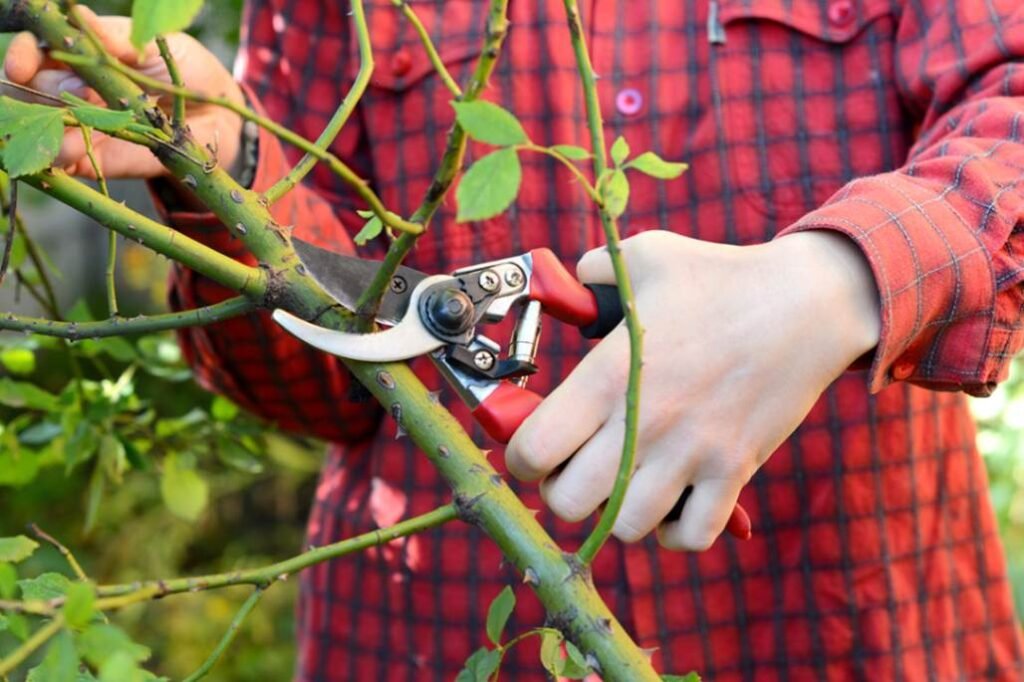
Harvesting of Hydroponic Roses:
Use sharp pruners to cut roses. If one is harvesting for decoration purposes, cut the flower in the early morning just when the bud starts to open. It will augment its vase life. Put the harvested roses in a clean bucket containing freshwater which helps in keeping the flowers fresh.
For Seeds Purpose:
Rose hips are formed when the rose bush has bloomed because of not doing any deadheading. These rose hips can be collected during summer or fall, once they have ripened. After which, these are used to process the seeds inside them. The seeds can be taken out by cutting the rose hip carefully with the help of a knife.
One can store the collected seeds in a cool, dry place for a short time or prepare the seeds to grow another stock of roses.
Benefits of Roses for Humans:
There are numerous reasons why roses are considered a healer for humans, some of which are:
- The rose petals are used as astringent in many skin lotions
- The acne issues can be treated with the regular use of rose water naturally
- The body‘s immune system can be improved with the use of rose water
- It cures sore throat
- Acts as a home remedy to treat constipation and diarrhoea problems
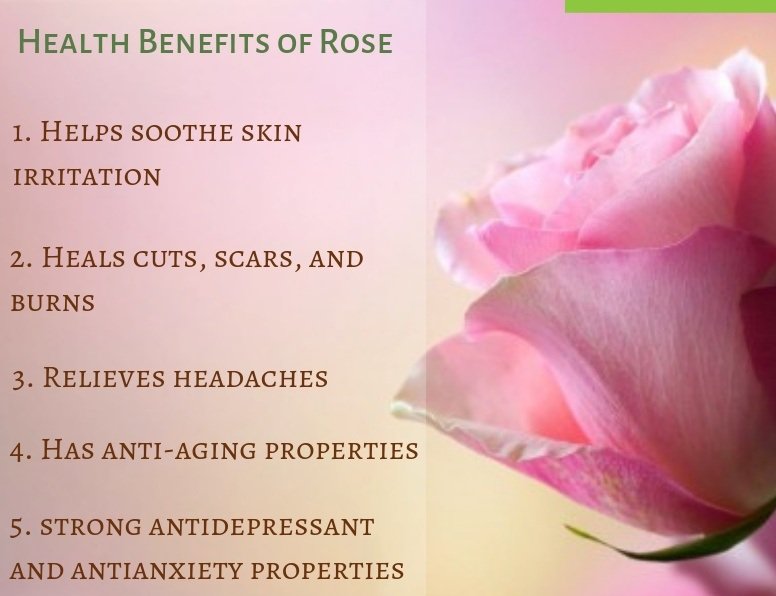
Future Aspects of How to Grow Hydroponic Roses:
Hydroponics is a possible substitute for those who love to do gardening in the cities and generally practice soil pot culture to grow rose plants. With the use of low-cost materials, hydroponics rose cultivation can be easily acquired in soil stress areas. Due to its high economic value and being an important ornamental species, rose cultivation is considered a beneficial business to earn more profit for farmers who are ready to combine traditional knowledge with scientific principles.
One should be skilled and experienced in managing hydroponic growing systems to raise hydroponic roses because it requires scientific handling of crops concerning temperature, humidity, nutrition to crops, and control of pests. In the end, the initial investments by any person in this technique will come to be worthwhile as he would have increased production and improved quality, saving water, and environmental benefits
Wrap Up:
For those who are looking for affordable, eco-friendly agriculture and food production, the hydroponics plant system is the optimizing technology. Food insecurity, unavailability of water, desertification, and pest resurgence can be managed by controlling the nutrient solution and other environmental factors with the adoption of this technique. Government interventions and the focus of research institutes will help in the evolution and improvement of the technique making its future more promising. Thus, it is rightly called “The future for crop cultivation”.

